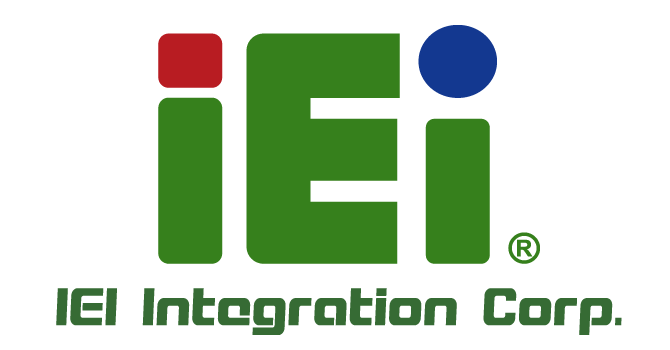Maybe you can get some things out of this:
A recommendation is hardly possible without knowing the exact requirements / usage. However, I am sure that such a box will have to meet new requirements later on, which you are not aware of today. For this such a server may have some reserves.
…in the end the game is: Which power consumption to which computing power? Which level makes sense? And on a home servers also: noise levels. Everything without a fan tends to consume less.
My own server may be just over 3 years old now… this is it:
And very important: You don't hear anything! And I really don't need additional heating in a loft at the moment…
What would I do differently today? No SSD for the OS. Instead I would rather have one SATA port free, because the time will come the HDD has to be replaced; And currently there is no free SATA port. The rest is great, and has proven itself. Never again a ready-made NAS for these purposes.
A small ARM (Raspi, also your Pine64) sounds nice to me too, but an SD card for the OS and HDD via USB sounds like tinkering to me, not long-term use. Therefore I would choose an ITX board again. Flexibility is also important.
A recommendation is hardly possible without knowing the exact requirements / usage. However, I am sure that such a box will have to meet new requirements later on, which you are not aware of today. For this such a server may have some reserves.
…in the end the game is: Which power consumption to which computing power? Which level makes sense? And on a home servers also: noise levels. Everything without a fan tends to consume less.
My own server may be just over 3 years old now… this is it:
- ITX board with Intel J3160 (4x 1,6 GHz / 6 W TDP, 2x SATA)
- 4 GB memory
- notebook power supply
- small SSD for OS
- big HDD for data (Seagate ST8000NE0004)
- noise isolation of the HDD with Sharkoon "HDD Vibe Fixer 3,5"
- case Sharkoon "CA-I black" (to big for that, but it's also great to have room)
- case fan Noctua "NF-S12B redux 700"
And very important: You don't hear anything! And I really don't need additional heating in a loft at the moment…
What would I do differently today? No SSD for the OS. Instead I would rather have one SATA port free, because the time will come the HDD has to be replaced; And currently there is no free SATA port. The rest is great, and has proven itself. Never again a ready-made NAS for these purposes.
A small ARM (Raspi, also your Pine64) sounds nice to me too, but an SD card for the OS and HDD via USB sounds like tinkering to me, not long-term use. Therefore I would choose an ITX board again. Flexibility is also important.

